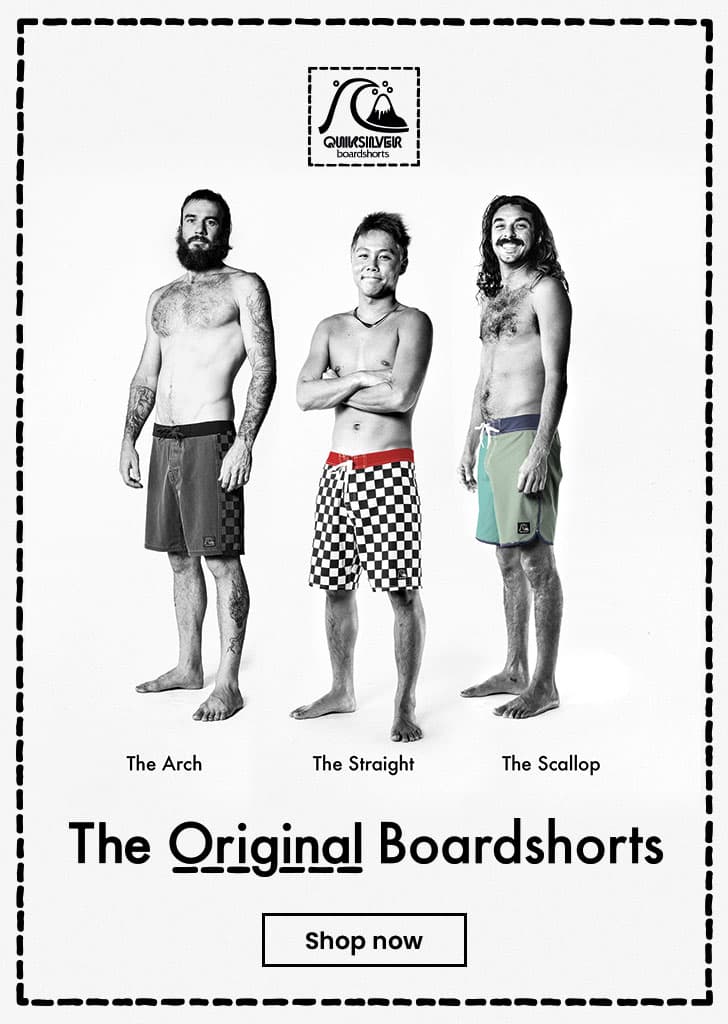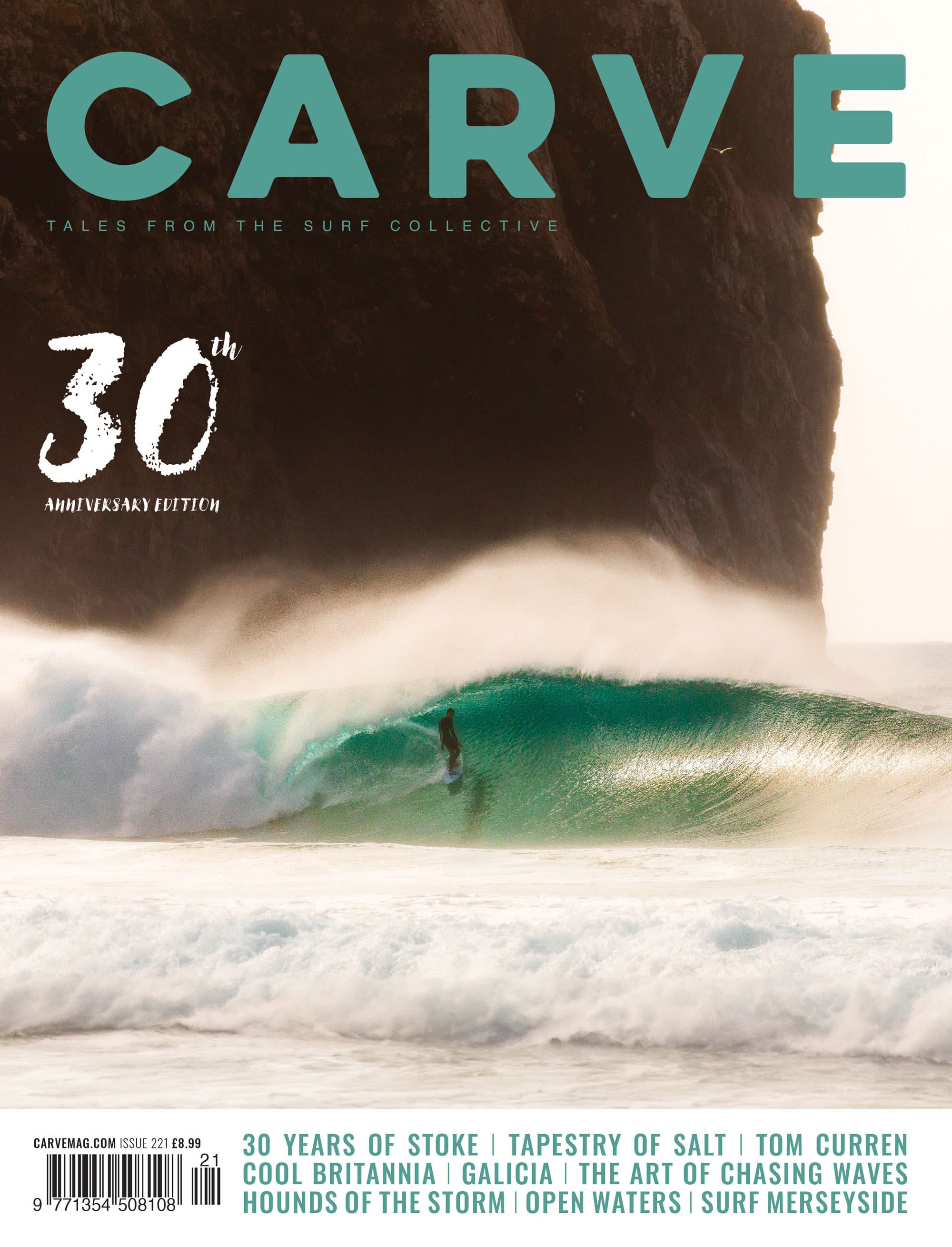A bit of barney in the sea has lead power surfing legend Ian ‘Kanga’ Cairns to issue an “Etiquette for Sup Surfing”
What do you think? Can we all get along if the rules are stuck too? I have encountered a couple of good SUP’ers you can surf with… Or is giving someone a paddle and a boat akin to giving a five year old with ADS an AK 99% of the time? Read on!
“I had a pretty upsetting conflict surfing at Oceanside today.’ Said Ian on FB “For the record, this is how I think Sup Surfers should interact with regular surfers in the lineup:
Etiquette for SUP Surfing
Find a peak with the fewest surfers out
Always spend time on the beach surveying the surf and selecting the wave you want to ride. This gives you the chance to find a wave with the fewest surfers on it, so that, from the get-go, you are reducing the potential for conflict.
Paddle out around the break
Because you have been watching, you have seen that there are sets and lulls and that there are channels that run out around the breaking peaks. Paddle out in the channel during a lull. If there are constant sets of waves and the paddle out is too hard, find an easier wave to ride.
Do not get in the way of a rider on the wave
When you’re paddling out always look for a rider on a wave. He has right of way, so try to let him surf past you rather than paddling into his path. Getting run over is not fun, can cause injury, damage to your board and is a major no-no in surfing.
Do not bail your board
If you’re caught inside of a set of waves, you need to learn to kick your board over the wave, rather than bailing out. Bailing sends your board over the falls and it may hit someone behind you. Kicking it over probably means the board will be next to you, as you come up. If there are further set waves, turn the board to the beach, look for people that you may hit if you get pushed to the beach and hang on the tail of the board to control your equipment without letting it go. Another idea is to hold the leash as close to the tail of the board as possible and pull the board through the whitewater.
Check who’s in the lineup
As you paddle out, survey the lineup to see who is out already. These guys are in front of you, in line for the next waves, so be cool and remember them. Make sure that you identify the alpha dog in the pack. He is the one you may have problems with, so you need to be ultra respectful and surprise him with kindness.
Wait your turn
Because you know who is out and who needs waves before you, you can easily figure out when your turn in the rotation for waves is about to come up. You get one try at this. If you screw up this wave, you’re done for good, so make sure you make the wave and surf it good.
Give waves away
Sometimes, even if it’s really your turn, give a good wave to someone else who looks hungry. Often they will paddle just to test you, so back off and generously let them go, but make sure you both know that you’re just being cool and generous. It’s a rare occurrence and will build goodwill.
Call sets
Because you’re standing, you can see the set waves coming before anyone, so tell the crew that a set is coming and which wave is better. In this way, you dish up some good waves to the crew and they start to think you’re not so stupid, not cool yet, but not so bad.
Sit down and talk
Constant paddling through a crew in the lineup is seen as threatening to the surfers, so chill out, sit down and wait for your turn. This makes you human and not an eyesore and you may actually start up a conversation with some of the guys out there. There is a lot of interest in Sup, but its not cool yet, so don’t be offended if no one wants to know all about how awesome your board is etc. Just be sociable.
Be aware of your wave count
As you get a few waves, be really aware if you’re getting too many of the really good waves. It’s easy to do and you start to look like a wave hog, which is exactly the opposite of our intention. Get a few good ones and move along. That will make you some friends for next time you’re out there.
Do NOT drop in
If someone is already riding the wave, don’t even paddle for it, don’t hover on the top of the wave, don’t take off in front of someone and flick out and certainly don’t ride a whole wave and stuff someone in the whitewater. If you do this you’re back in the doghouse and may be asked to leave.
Do NOT back-paddle
Be super aware of who is out, where they are and whose turn it is for the next ride. Do not paddle around someone sitting and waiting for a wave. It is considered very aggressive in regular surfing. You’re on probation and this will get you serious heat and a trip to the beach.
Be aware of surfers paddling out when you’re riding
As you’re paddling for a wave, scope the length of the wave for any surfer who’s paddling out, who may potentially paddle in front of you. Although the surfer riding the wave has priority, you’re on a Sup and will be in the wrong if there’s a mix up, because you’re on a Sup. So, be vigilant to avoid any impacts or close calls with surfers.
Always control your equipment
Bailing your board is bad form. Try to paddle over waves, or launch your board over the whitewater, but do not dive and let the Sup wash in on the whitewater to the end of your leash. Every surfer sees a Sup as a dangerous object and thinks of us as kooks bailing their boards. This adds fuel to the fire. Learn how to hold onto your leash near the tail of the board to pull it through waves. Be really careful of others in the lineup if you fall riding a wave. Hitting another surfer in the lineup is instant dismissal and adds fuel to the surfer debate that Sup boards should not be out there.
Increase wave count by catching wide waves
If you’re smart about your paddling and really scope a lineup, you may find that there are good wide or deep waves that are not readily available to the surfers in the primary lineup and this is the way you can increase your wave-count considerably, riding waves that before had gone un-ridden. To do this you will really need to sharpen your spin and go skills, but once you get this dialed, you’re on your way to getting way more waves, without every impacting the established lineup and the surfers out there.
Move around to other peaks
Do not wear out your welcome. Get a few waves and move on. There are usually many other waves in a surf area, so get a few and move to another peak and practice your magic on this new crew of surfers. This is a sign of respect and will be recognized and rewarded with future bonus waves.
The lineup is a close-knit community
Most surfers go to the same spot over and over and they become “locals” out there and make friends and acquaintances with the other surfers who frequent the break. You can be part of this local crew if you’re cool, friendly, don’t hog waves, generally understand and respect the locals and don’t act like the average Sup kook. Have fun out there!






